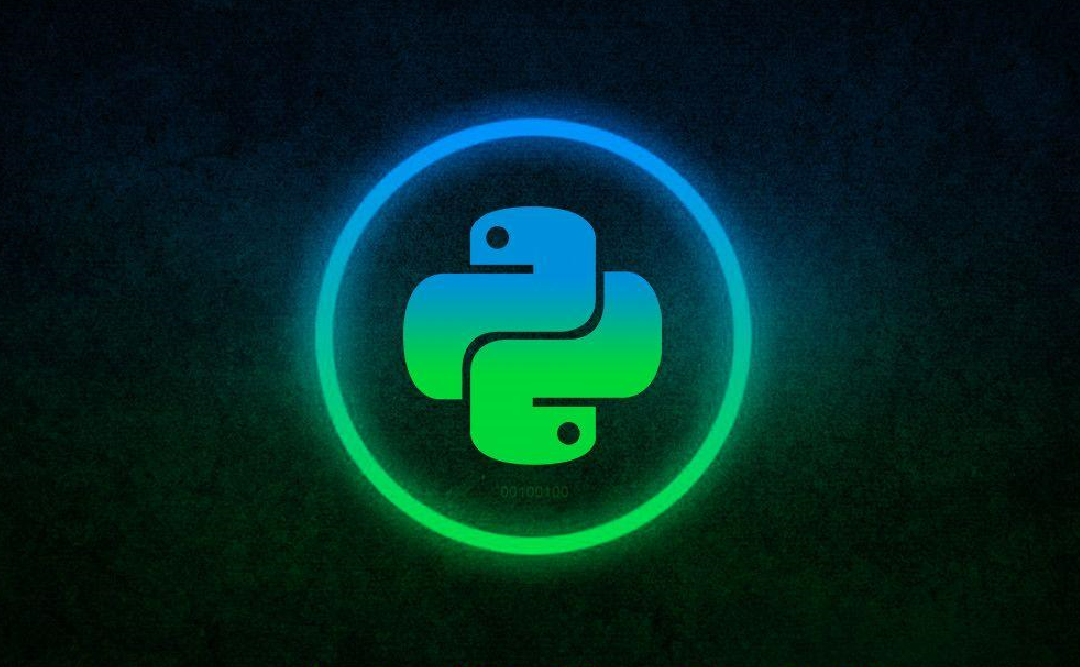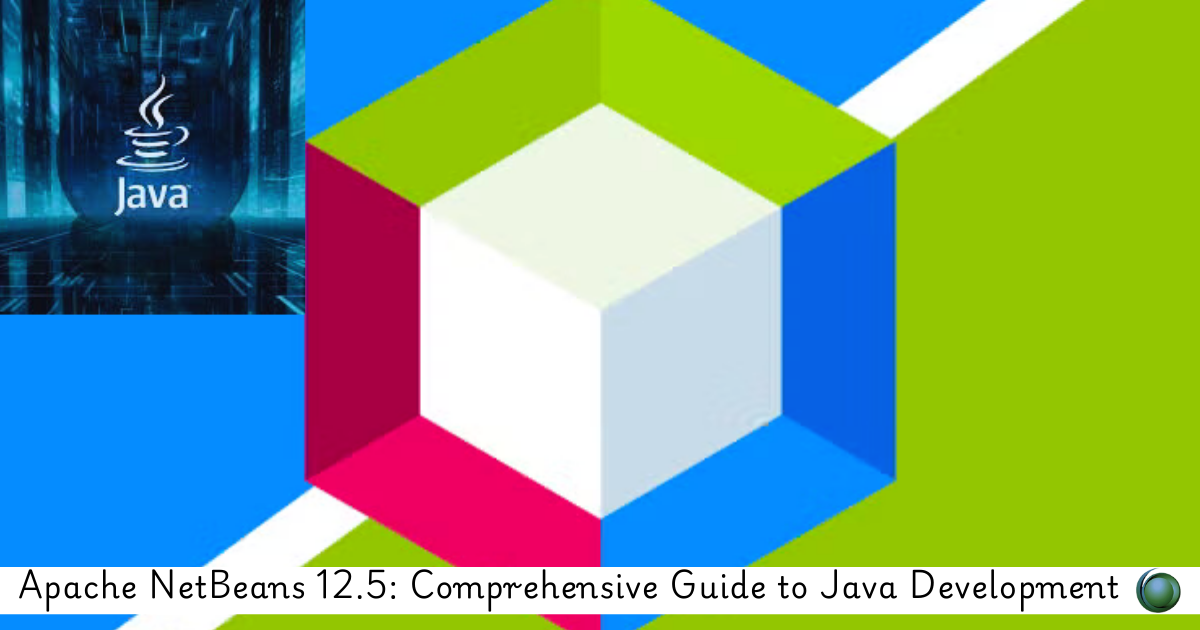Description
Introduction
Python Full Stack Development combines both front-end and back-end development skills using Python, allowing developers to build complete applications from scratch. This approach leverages Python’s powerful frameworks and libraries, such as Django or Flask for back-end development and JavaScript libraries for front-end. Full stack developers play a crucial role in bridging the gap between user experience and server-side functionality, ensuring smooth, cohesive applications.
Prerequisites for Python Full Stack
- Basic Python Knowledge: Understanding Python syntax, data structures, and core programming concepts.
- HTML, CSS, and JavaScript: Familiarity with front-end technologies to create user interfaces.
- Understanding of Web Frameworks: Knowledge of frameworks like Django or Flask is helpful.
- Database Basics: Experience with relational databases (e.g., SQL) or NoSQL databases.
- Version Control: Basic understanding of Git for source code management.
TABLE OF CONTENT
- Introduction to Full Stack Development
1.1 Understanding the Full Stack
1.2 Overview of Frontend and Backend - Fundamentals of Programming with Python
2.1 Variables and Data Types
2.2 Control Flow and Loops
2.3 Functions and Modules - Web Development Basics
3.1 HTML5 and CSS3
3.2 Responsive Web Design
3.3 Introduction to JavaScript - Frontend Development with JavaScript
4.1 DOM Manipulation
4.2 AJAX and Fetch API
4.3 Frontend Frameworks (e.g., React, Angular, or Vue) - Backend Development with Python
5.1 Introduction to Backend
5.2 Server-side scripting with Python
5.3 Building APIs with Flask or Django - Databases and Data Modeling
6.1 Relational Databases (e.g., SQL)
6.2 NoSQL Databases (e.g., MongoDB)
6.3 ORM (Object-Relational Mapping) - Version Control with Git
7.1 Basic Git Commands
7.2 Branching and Merging
7.3 Collaborative Development with Git - Web Security
8.1 Common Web Security Threats
8.2 Authentication and Authorization
8.3 HTTPS and Secure Coding Practices - Testing and Debugging
9.1 Unit Testing
9.2 Integration Testing
9.3 Debugging Techniques - Deployment and DevOps
10.1 Cloud Platforms (e.g., AWS, Azure, or Google Cloud)
10.2 Containerization (e.g., Docker)
10.3 Continuous Integration and Deployment (CI/CD) - Web Application Performance Optimization
11.1 Frontend and Backend Optimization Techniques
11.2 Caching Strategies
Conclusion
Python Full Stack Development provides a versatile skill set for creating end-to-end applications. By mastering both front-end and back-end frameworks, full stack developers can build responsive, high-performing applications. This guide equips aspiring developers with foundational knowledge to start building complete web applications, from user interfaces to server-side processing, contributing to the growing demand for full stack proficiency.
If you are looking for customized info, Please contact us here







Reviews
There are no reviews yet.